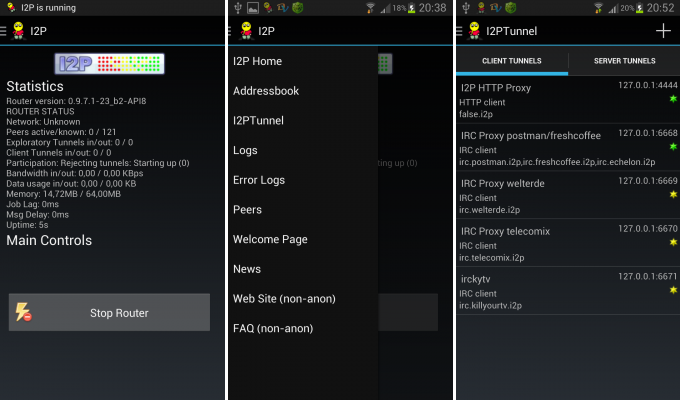
on graphics it can be seen that in January-April 2013 the number of I2P users remained at approximately the same level, but a noticeable increase began in late April and May. Another surge in popularity occurred in September 2013. If it weren’t for the October recession, we could talk about a more than doubling of the number of users over the past year: the daily audience grew from 15 thousand to 35 thousand.
The Invisible Internet Project (I2P) is an anonymous network that is somewhat similar to Tor. The principle of multi-layer traffic encryption is also applied here, as in the “onion” routing of Tor, although with some differences. All traffic is transmitted over encrypted channels between the users themselves. Unlike Tor, the peer-to-peer structure of the I2P network encourages torrenting.
Experts attribute the increase in the number of users to increased censorship on the Russian Internet. Now the Russian Federation is the most active user of the I2P network by number of nodes. At least when it's night in the USA.

Of course, the hype surrounding the wiretapping of Internet users by the NSA as part of the PRISM program and other programs declassified thanks to Edward Snowden also played an important role..
In addition to the introduction of censorship in Russia, I2P project leader Lars Schimmer is another reason for the increase calls release of the official I2P application for Android, early versions of which appeared on the forums.
